Dock Maintenance Tips Every Waterfront Property Owner Should Know
Owning a waterfront property is a dream for many but with that dream comes responsibility. One of the most crucial aspects of maintaining your waterfront property is ensuring your dock remains safe, functional, and attractive. Whether you use your dock for boating, fishing, or simply relaxing by the water, regular upkeep is essential. In this guide, we’ll walk you through dock maintenance tips every waterfront property owner should know to extend the life of your dock and avoid costly repairs.
1. Inspect Your Dock Regularly
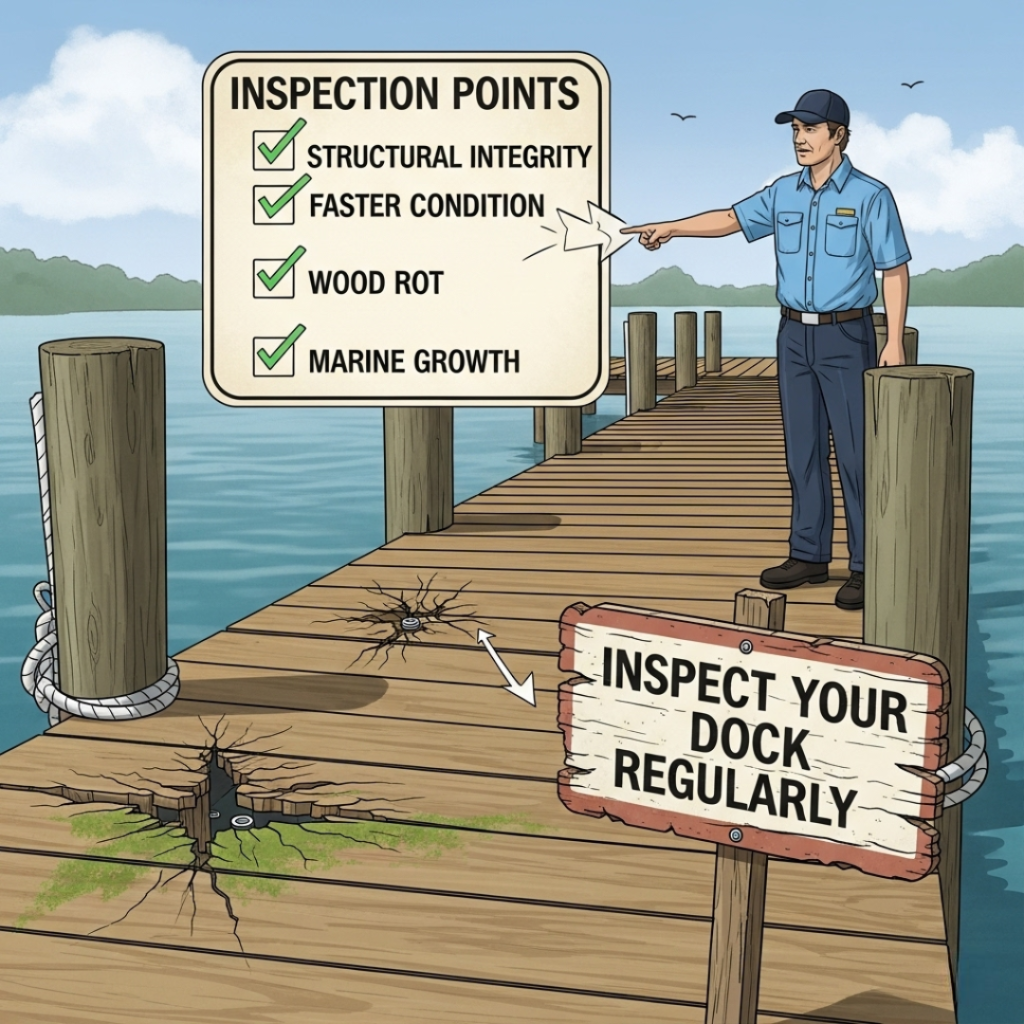
Routine inspections are the foundation of effective dock maintenance. Check your dock at least once a season ideally at the beginning of spring and the end of fall. Look for:
- Rotting or cracked wood
- Rust on metal components
- Loose nails, bolts, or fasteners
- Signs of algae or mold growth
- Structural warping or leaning
Catching these problems early can prevent small issues from turning into expensive repairs.
2. Clean Your Dock Thoroughly
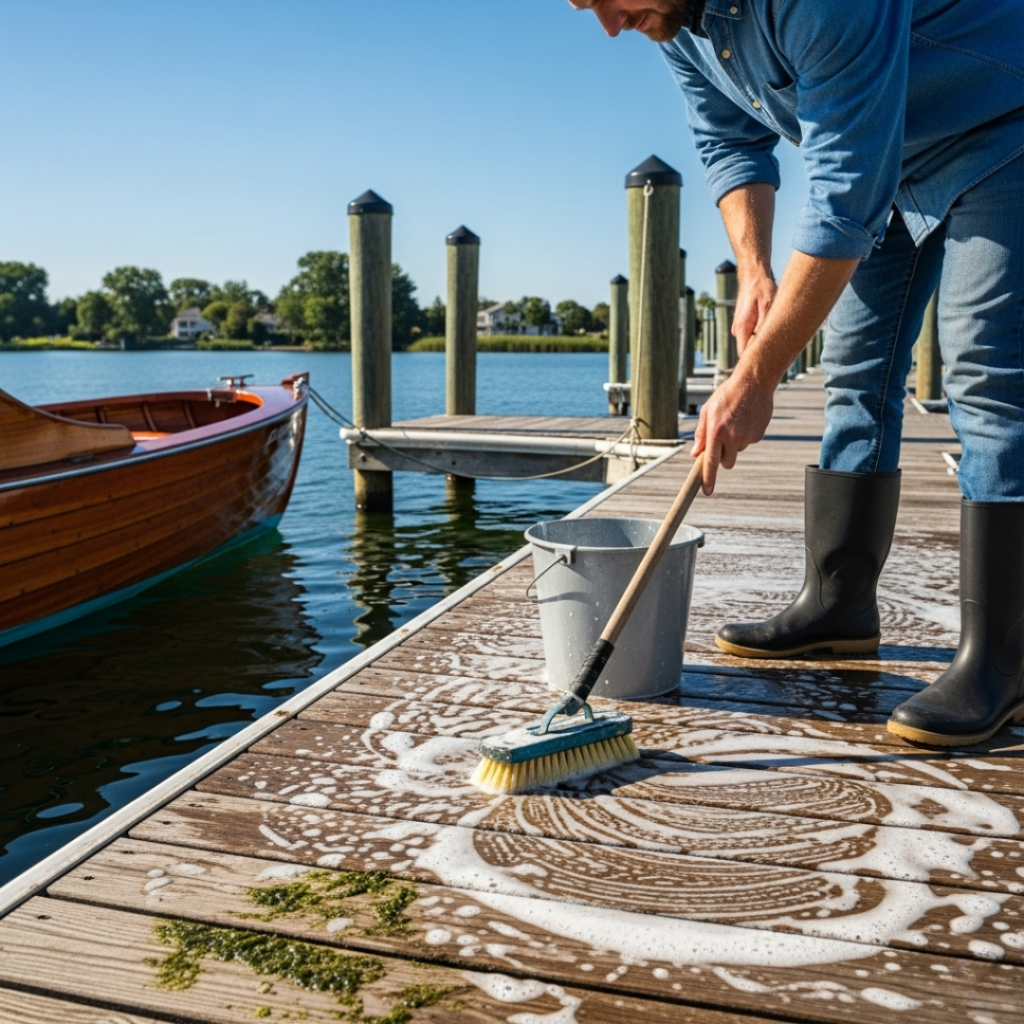
Over time, dirt, bird droppings, algae, and other debris can accumulate on your dock’s surface. Not only is this unsightly, but it can also make the surface slippery and dangerous. Pressure wash the dock at least once or twice a year, especially before the summer season.
Use a biodegradable dock cleaner that’s safe for aquatic environments. Avoid harsh chemicals that could harm the water, local wildlife, or your dock’s materials.
3. Replace Damaged Boards or Components
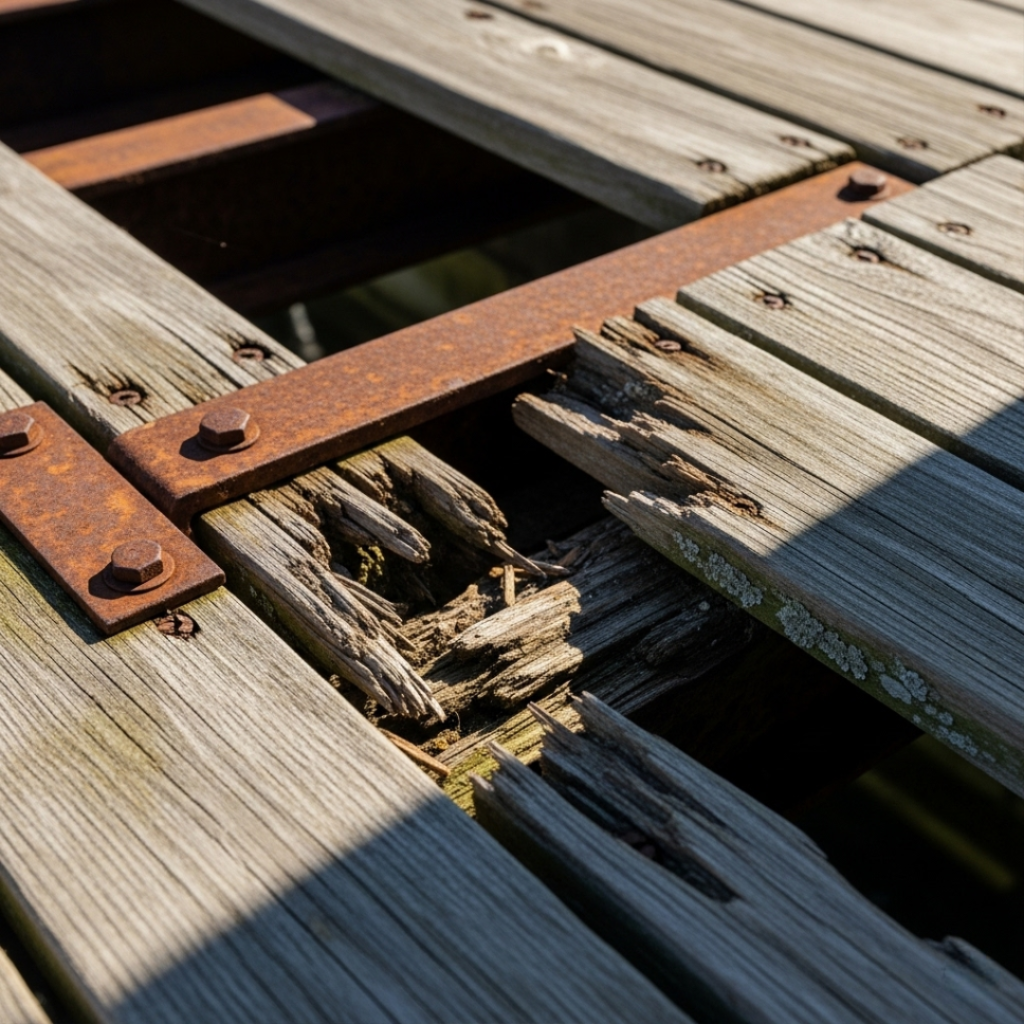
If you notice any warped, splintered, or damaged boards, replace them immediately. Ignoring damaged parts can compromise the dock’s structural stability and create safety hazards. For floating docks, make sure the floats are intact and free of leaks.
Also, check for rusted or corroded hardware. Stainless steel or galvanized fasteners are ideal for withstanding water exposure.
4. Seal and Treat Wooden Docks
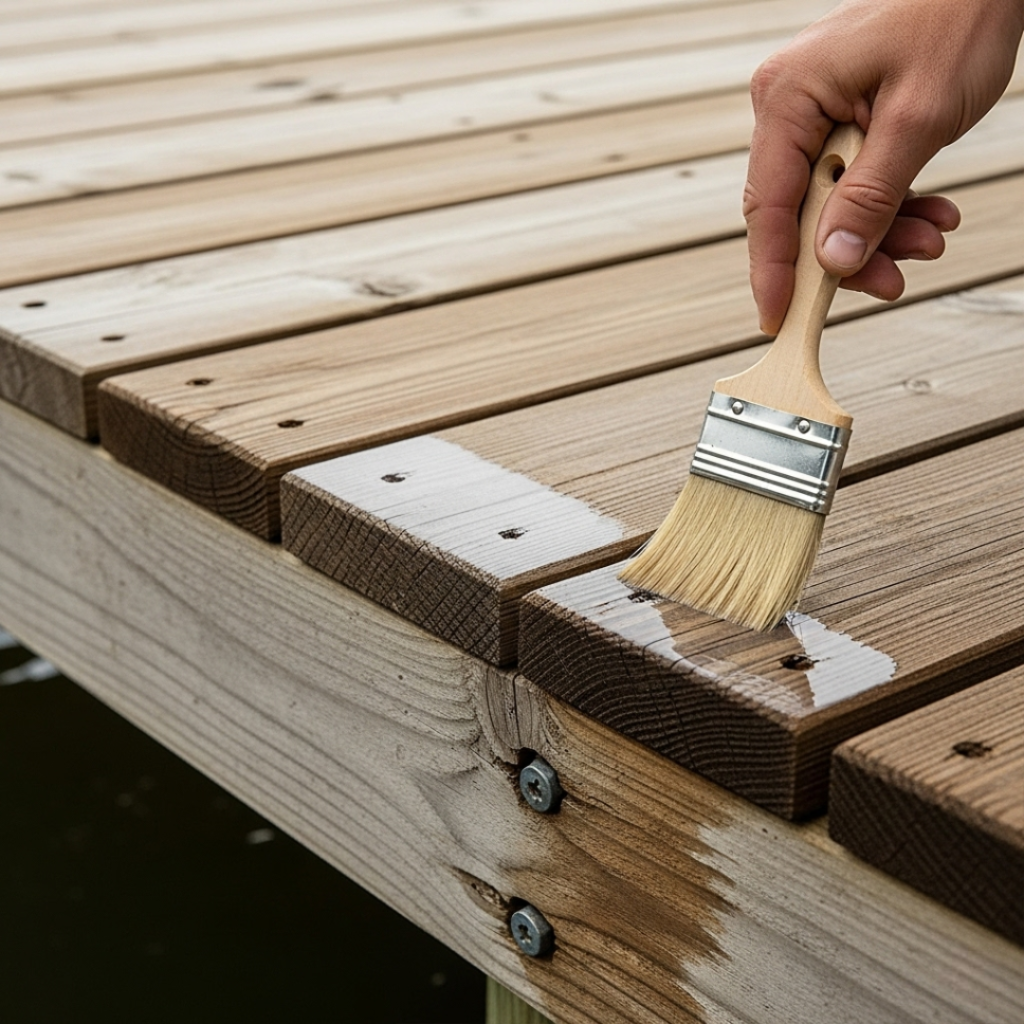
Wooden docks are especially vulnerable to water damage, UV rays, and pests. To prolong their life, apply a water-resistant sealant every 1–2 years. This helps prevent rot, warping, and sun damage.
Choose a marine-grade wood treatment designed for docks and piers, and apply it during dry weather for best results.
5. Protect Your Dock from Ice Damage
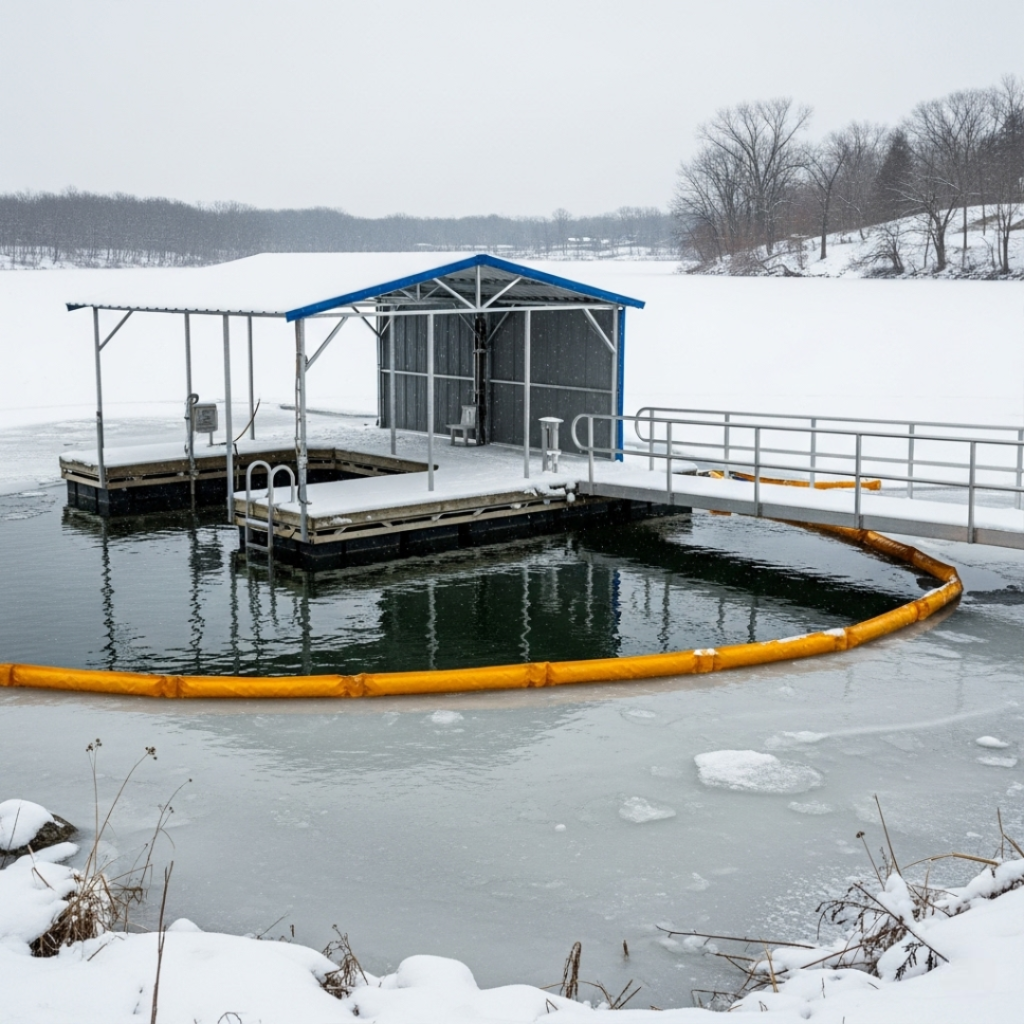
If you live in a region with cold winters, ice can wreak havoc on your dock. Consider installing dock bubblers or de-icers to keep ice from forming around the structure. Alternatively, remove removable dock sections before the first freeze to protect them from being cracked or shifted by ice movement.
6. Keep Vegetation in Check

Vegetation growing around or under the dock can lead to mold, rot, and even structural damage. Trim back overhanging branches, remove weeds, and monitor for signs of invasive aquatic plants. A clean, clear dock area is safer and easier to maintain.
7. Check Electrical Systems
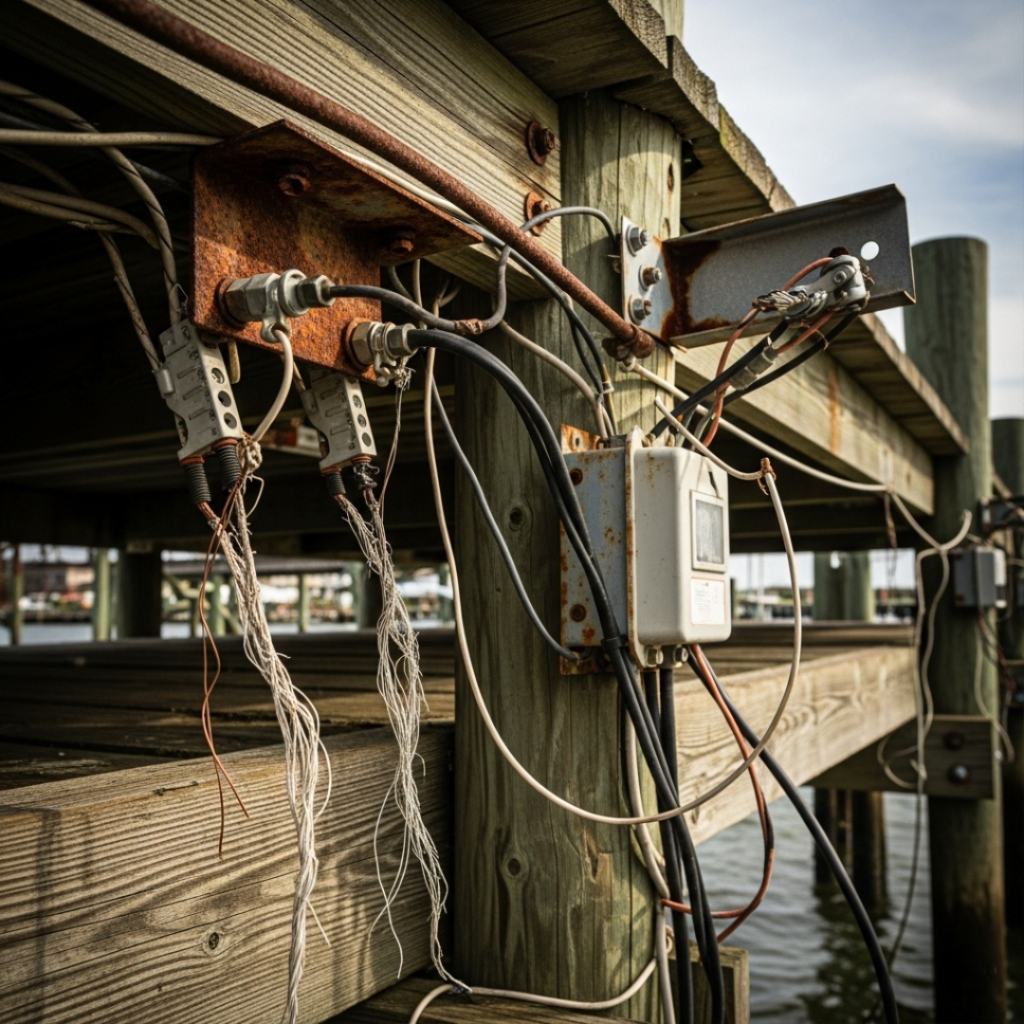
If your dock has lighting, boat lifts, or charging stations, always inspect the electrical systems regularly. Look for frayed wires, loose connections, and signs of corrosion. Any dock with electrical components should be inspected annually by a qualified marine electrician to avoid shocks or fire hazards.
8. Anchor and Stabilize Properly
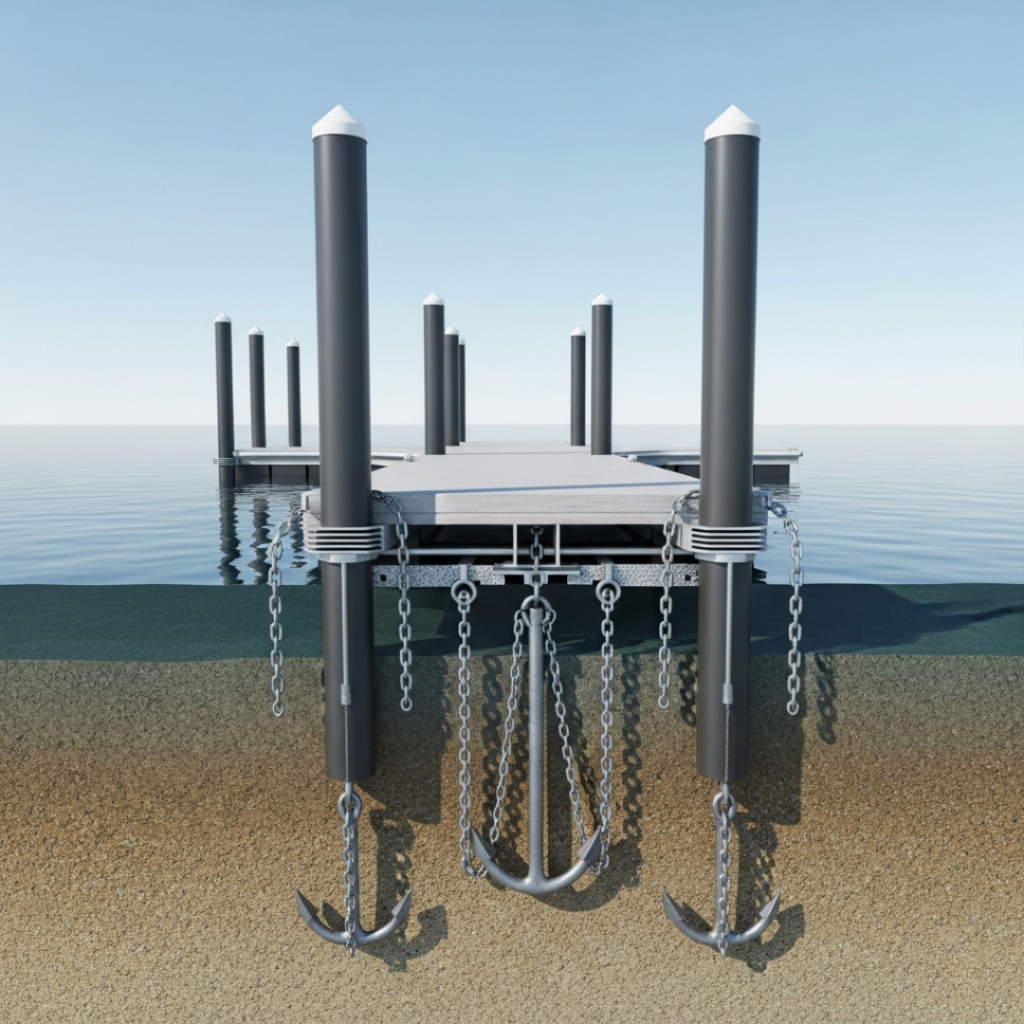
Ensure your dock’s anchoring system is secure. Shifting tides, waves, and storms can displace a poorly anchored dock. Floating docks should be checked for movement, while stationary docks must have their pilings inspected for wear and tear.
Prevention Is Key
Maintaining your dock doesn’t have to be overwhelming. By following these dock maintenance tips, performing regular inspections, and taking preventive action, you can keep your dock safe, attractive, and functional for years to come. For expert advice, trusted dock accessories, and long-term dock care solutions, turn to Dockstop your partner in protecting and enhancing your waterfront investment.
